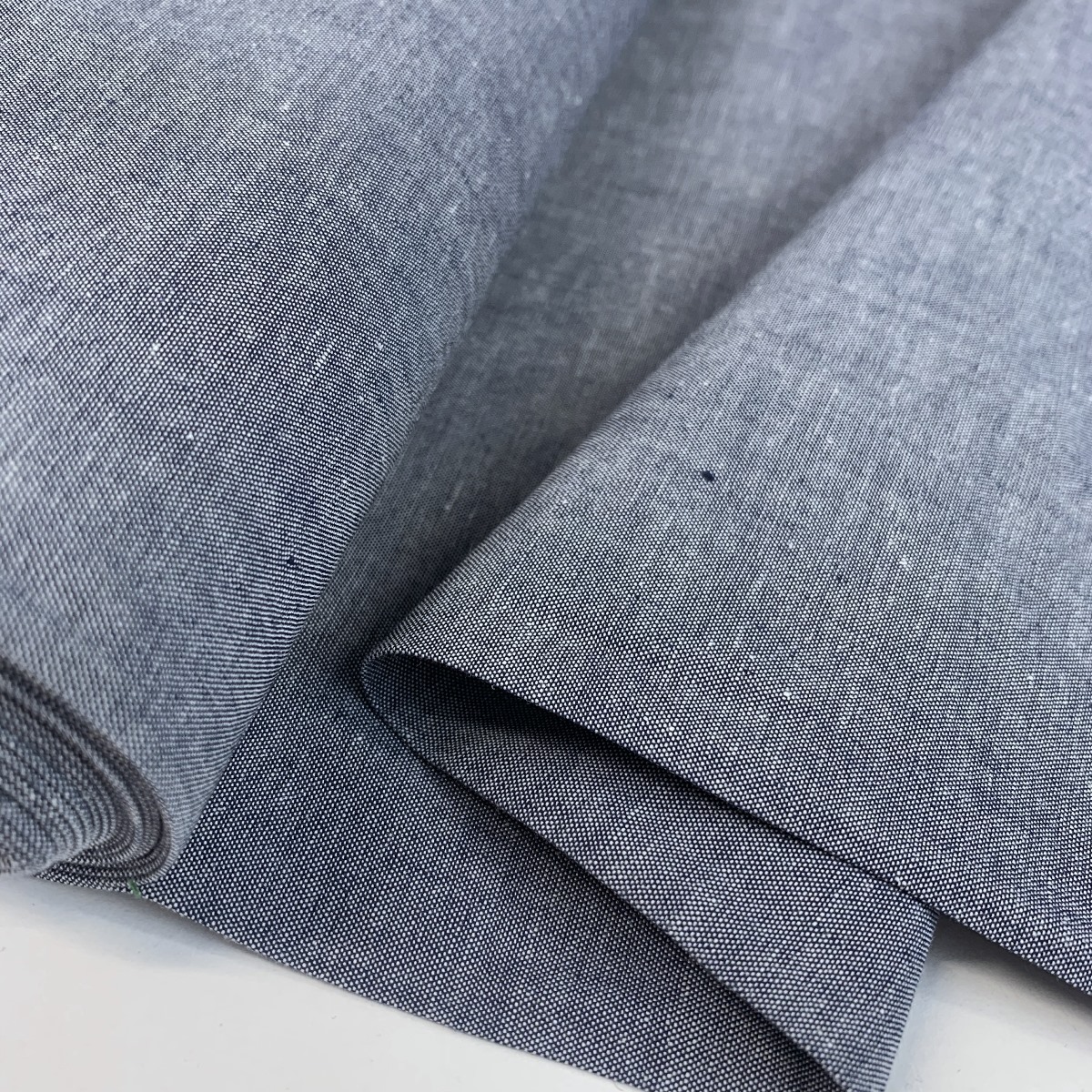Introduction to Chambray Fabric
Chambray fabric, often confused with denim due to its similar appearance, is a lightweight, plain-weave fabric known for its breathability and versatility. It has become a staple in the fashion industry, valued for its comfort and classic style. While denim is heavier and typically woven in a twill construction, chambray stands out with its plain weave, creating a softer and lighter fabric. This fundamental difference makes chambray an excellent choice for casual wear, especially in warmer climates. Its unique texture and appearance are achieved by weaving colored warp threads with white weft threads, resulting in a slightly textured fabric with a subtle sheen.
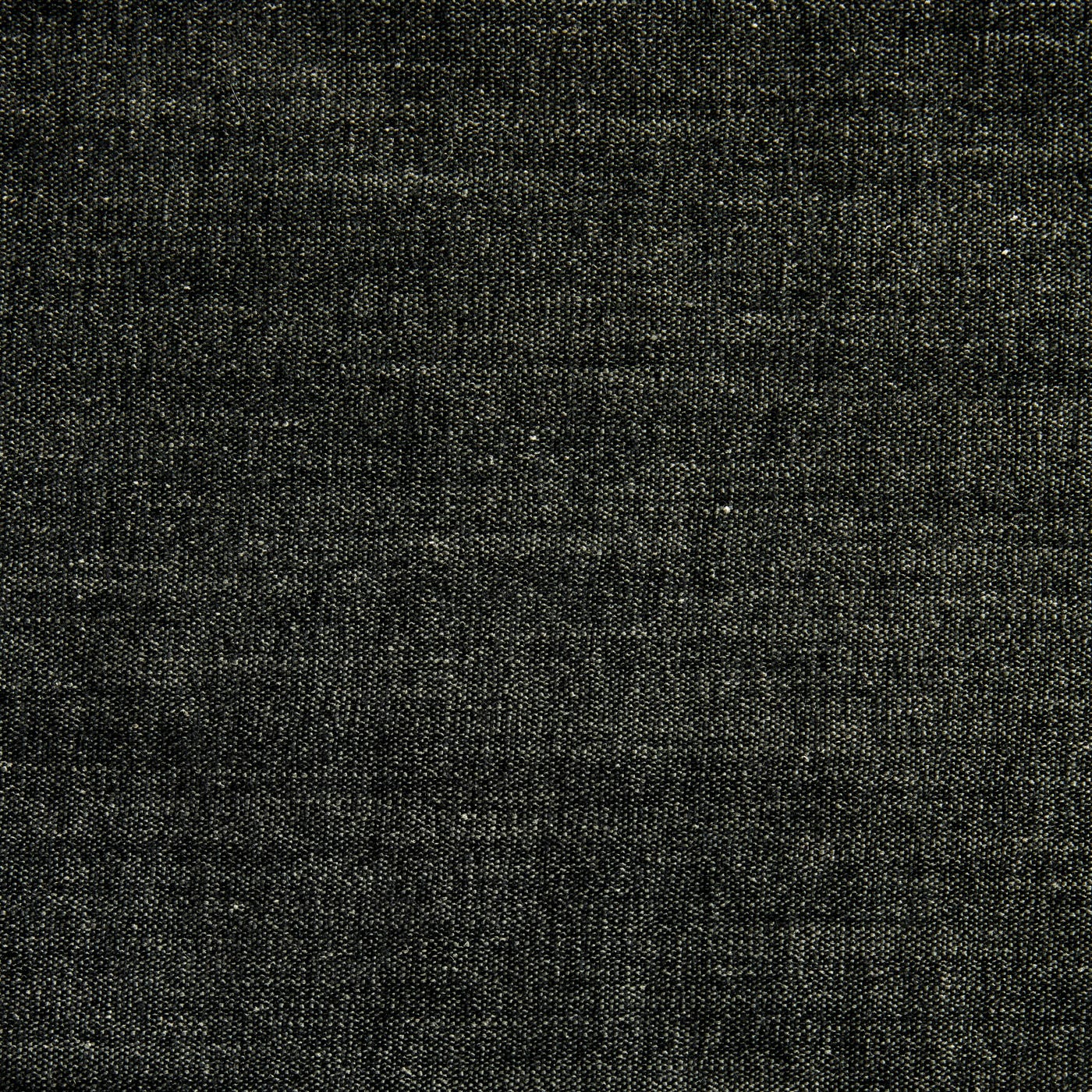
Historical Background of Chambray Fabric
The history of chambray fabric traces back to the 16th century in Cambrai, a French town renowned for its high-quality textiles. Initially, chambray was made from linen yarns and used primarily for handkerchiefs and shirts. Over time, the fabric evolved, incorporating cotton fibers, enhancing its softness and durability. The transition from linen to cotton allowed chambray to become more accessible and versatile, influencing its widespread use today. Throughout history, chambray has maintained its reputation as a durable yet comfortable fabric, making it a popular choice in various cultures and fashion trends. Its enduring appeal lies in its ability to blend comfort with a timeless aesthetic, ensuring its relevance across generations.
Characteristics and Features of Chambray
Chambray fabric is distinguished by several key characteristics that contribute to its popularity. Its plain weave construction imparts a smooth surface, which is comfortable against the skin and suitable for a variety of garments. The fabric’s lightweight nature enhances its breathability, making it ideal for warm weather clothing. Additionally, chambray possesses a unique visual texture, created by the interplay of colored and white threads, giving it a distinctive, slightly heathered look. This visual appeal is complemented by the fabric’s natural drape, which adds to its versatility in garment design. Moreover, chambray is known for its strength and durability, withstanding frequent wear and washing without significant degradation. These features collectively make chambray a favored material for both casual and semi-formal attire.
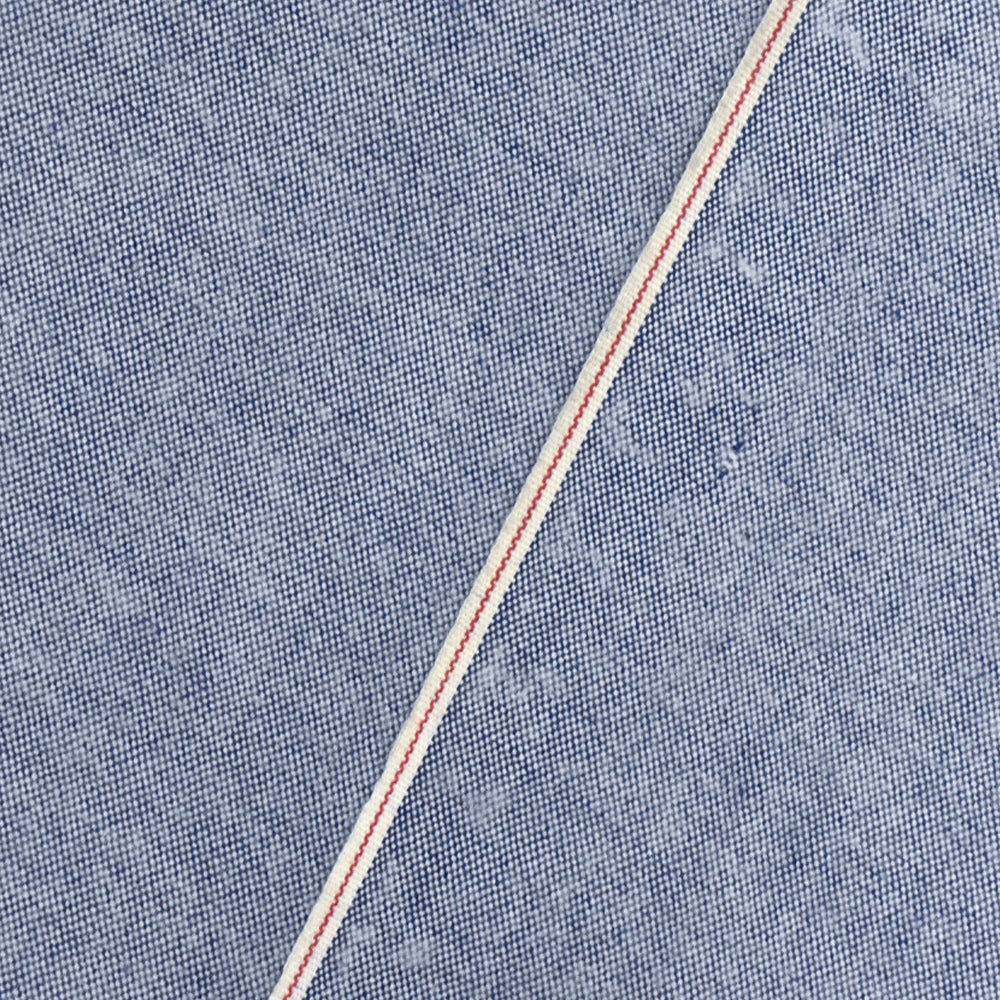
Popular Uses of Chambray Fabric
Chambray fabric’s versatility extends to numerous applications in the fashion industry. One of its most common uses is in the creation of casual shirts, where its lightweight and breathable qualities offer comfort and style. Chambray shirts, often designed with button-down collars, have become a wardrobe staple, suitable for both casual and business-casual settings. Beyond shirts, chambray is also employed in the production of dresses, skirts, and shorts, providing a comfortable and stylish option for summer apparel. Additionally, designers have embraced chambray for accessories such as scarves, hats, and even footwear, showcasing its adaptability. The fabric’s aesthetic appeal and practical benefits also make it a popular choice for home textiles, including curtains, pillow covers, and table linens, adding a touch of elegance to interior decor.
Chambray vs. Denim: Key Differences
While chambray and denim share a similar appearance, they differ significantly in terms of weave, weight, and overall feel. Denim is woven in a diagonal twill pattern, resulting in a heavier, more durable fabric suited for jeans and outerwear. In contrast, chambray’s plain weave creates a lighter, more breathable material, ideal for shirts, dresses, and other warm-weather garments. The difference in weight and weave also affects the fabric’s texture; denim has a more rugged, sturdy feel, while chambray is softer and smoother to the touch. Additionally, denim typically undergoes a more intensive dyeing process, often resulting in a deeper, more uniform color. Chambray, with its combination of colored and white threads, offers a subtler, more nuanced appearance. Understanding these distinctions helps in selecting the appropriate fabric for specific fashion needs and preferences.
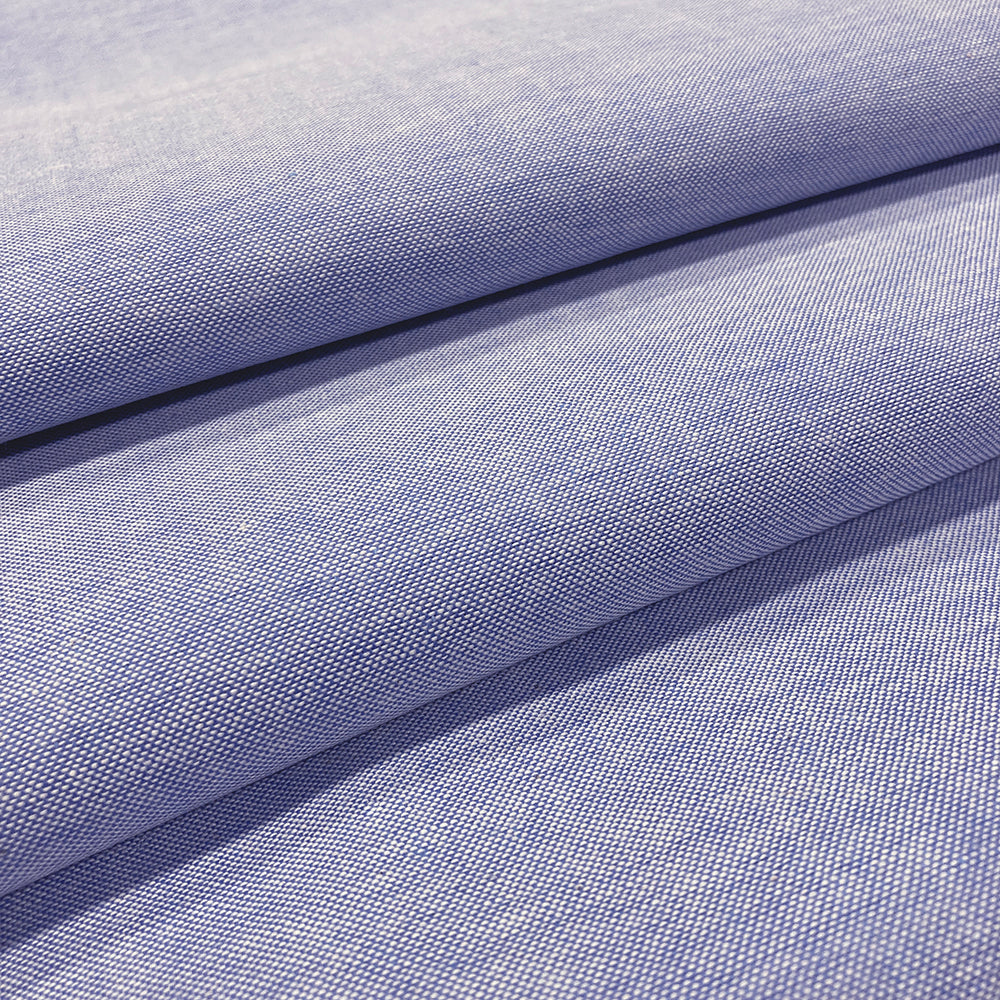
Sustainable Aspects of Chambray
In an era where sustainability is increasingly prioritized, chambray fabric stands out for its eco-friendly attributes. Cotton, the primary fiber used in chambray, can be produced sustainably, especially when sourced from organic farms that avoid harmful pesticides and fertilizers. Furthermore, the plain weave construction of chambray requires less water and energy compared to more complex weaving techniques, contributing to a lower environmental footprint. Many manufacturers are also adopting sustainable practices in dyeing and finishing processes, reducing chemical usage and wastewater production. The durability of chambray further enhances its sustainability, as garments made from this fabric tend to last longer, reducing the frequency of replacement and minimizing textile waste. By choosing chambray, consumers can enjoy stylish, comfortable clothing while supporting environmentally responsible practices.
Care Tips for Chambray Garments
Proper care is essential to maintain the appearance and longevity of chambray garments. Washing chambray requires a gentle approach to preserve its color and texture. It’s advisable to wash chambray items in cold water with a mild detergent, either by hand or on a delicate cycle in the washing machine. Avoid using bleach or harsh chemicals, as they can weaken the fibers and cause color fading. To prevent shrinkage, it’s best to air dry chambray garments rather than using a dryer. If ironing is necessary, do so on a low heat setting to avoid damaging the fabric. Storing chambray items properly is also important; hang shirts and dresses to maintain their shape, and fold other garments neatly to prevent wrinkles. By following these care tips, you can ensure that your chambray clothing remains in excellent condition for years to come.

Styling Chambray in Everyday Fashion
Chambray’s versatility extends beyond its practical attributes to its role in everyday fashion. The fabric’s subtle texture and classic look make it easy to integrate into various outfits. A chambray shirt, for instance, can be paired with jeans for a casual, laid-back ensemble or tucked into a skirt for a more polished appearance. Chambray dresses offer effortless style, perfect for both casual outings and more formal occasions when accessorized appropriately. The fabric’s neutral tones complement a wide range of colors, allowing for creative mix-and-match possibilities. Chambray pants and shorts are also popular choices, providing a comfortable yet stylish alternative to denim. By experimenting with different chambray pieces and combinations, individuals can create a variety of looks that suit their personal style and the occasion.
The Future of Chambray Fabric
As fashion trends evolve, chambray fabric continues to hold a significant place due to its timeless appeal and adaptability. Innovations in textile technology and sustainable practices are likely to further enhance the qualities of chambray, making it an even more attractive option for designers and consumers alike. The growing demand for eco-friendly materials will encourage more manufacturers to adopt sustainable methods in producing chambray, reinforcing its position as a responsible choice in fashion. Additionally, the versatility of chambray ensures its relevance across different seasons and trends, from casual summer wear to layered winter outfits. As consumers seek comfort, style, and sustainability, chambray fabric is poised to remain a beloved staple in wardrobes around the world, adapting to new styles and demands while maintaining its classic charm.
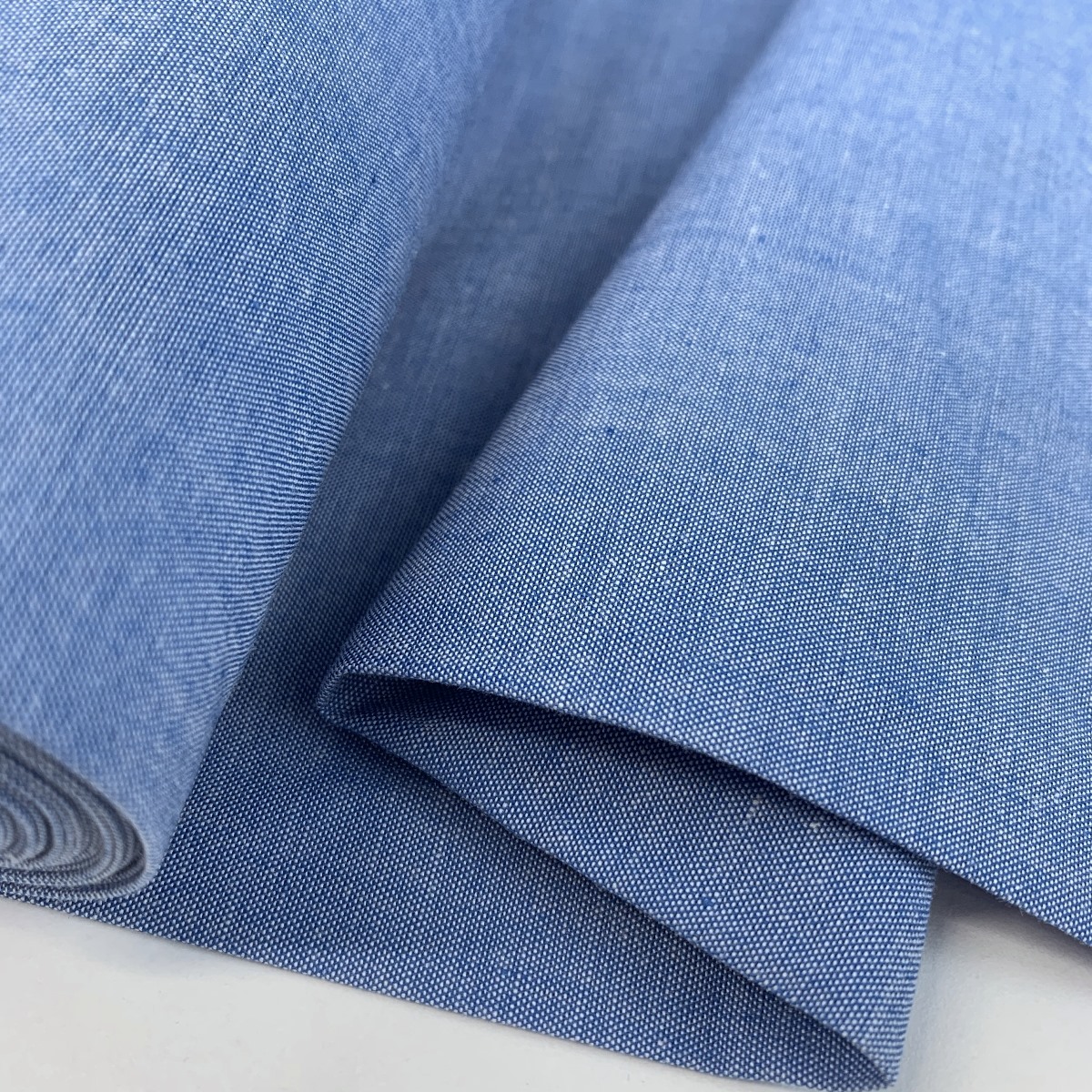
Conclusion
Chambray fabric, with its rich history and distinctive characteristics, offers a unique blend of comfort, style, and versatility. From its origins in 16th-century France to its modern-day applications in fashion and home textiles, chambray has proven itself to be a durable and adaptable material. Understanding the differences between chambray and similar fabrics like denim helps in making informed choices about garment selection. Emphasizing its sustainable aspects aligns with contemporary values towards environmental responsibility. Proper care ensures the longevity of chambray garments, allowing them to be enjoyed for years. Whether styled casually or dressed up for more formal occasions, chambray remains a timeless and essential fabric in the fashion industry. As trends and technologies continue to evolve, chambray’s enduring appeal guarantees its place in future fashion landscapes, offering a perfect balance of tradition and modernity.





